IN my line of work, I am asked a lot of questions regarding the requirements of safety gear for kayaks.
At present, the rules in Queensland and NSW are ambiguous to say the least, thus leaving the choice of gear carried mostly up to the individual.
The two pieces of safety equipment you should carry as a minimum when kayaking are a basic first-aid kit and a life jacket. Life jackets are the most-debated safety topic. At present, Queensland is the only state in which it is not a legal requirement to wear a life jacket while operating a kayak.
Plenty of rules exist for boats of certain lengths and water types, but absolutely no reference to kayaks in the rule book. Further to this, life jackets seem to be one of those things people think they don’t need because they aren’t going that far, or can swim or paddle with a group.
The reality is it does not take much for things to go wrong on the water and your life jacket is the first line of defence against drowning. Besides keeping you afloat, your life jacket is great for storing and attaching other safety devices. All life jackets sold in Australia need to have the Australian Standard and ‘level’ displayed on them.
As a general rule, Level 50 and 50S jackets will be sufficient for kayaking, while an inflatable jacket will always be Level 150, which is the highest rating. Once you have a life jacket that fits correctly and is nice and comfy, consider investing $10-$20 on a paddle leash that attaches your paddle to your kayak or life jacket so it’s easy to retrieve if lost overboard.
Some people carry a small hand paddle as a backup, but it’s much easier not to lose your paddle in the first place. You have a number of ways to get back on your kayak if you fall off. One of the easiest is to use a paddle float. These are simple to use and turn your paddle into an outrigger, thus stopping your kayak flipping over as you try to worm your way back on.
Paddle floats are great for those of us who can’t get back on in one motion or are lacking a bit of upper-body strength. A paddle float fits neatly into a pocket on your life jacket and costs about $55.
Communication is vital if you get into trouble. Besides always telling someone where you are headed and when you will be back, you should carry a mobile phone as a minimum.
Obviously these expensive devices need some form of protection and the easiest way is with a waterproof pouch. Most decent phone pouches on the market allow you to make and receive calls without taking the phone out of the pouch and start from about $15.
For those who like to fish in groups or head out wide, it would be wise to invest in a VHF radio. A VHF radio offers a quick and low-cost form of communication, with the added benefit of direct communication with the local VMR or coast guard and weather updates. It’s quick because you don’t need to dial numbers or type texts.
UHF/CB radios are no good on the water because they operate on a frequency that is not monitored by the marine authorities. Under Australian Federal law you are required to hold an operating certificate to use a VHF. Many VMR stations provide radio courses or can tell you where a local course is available. A decent hand-held waterproof VHF radio costs about $200.
For those who like to venture offshore or explore more remote places, you really should consider investing in an EPIRB. An EPIRB needs to meet AS4280.1 and has to be registered with the authorities. Please do not confuse an EPIRB with a personal locator beacon.
A PLB might be OK for bushwalkers but it is not an acceptable substitute for an EPIRB when operating in a marine environment. An EPIRB will make it a lot easier for you to be found should you get into trouble, and prices start around the $250 mark. The EPIRB needs to be attached to you and not your kayak.
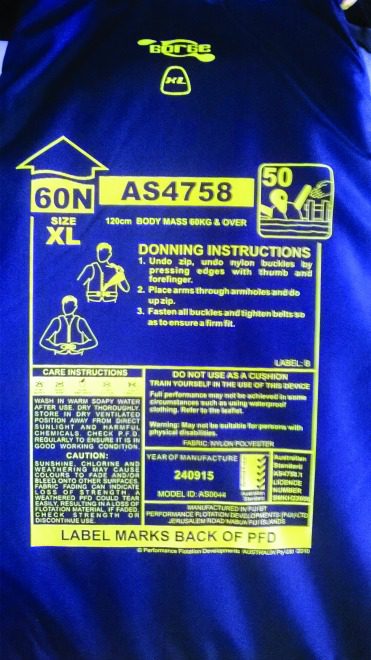
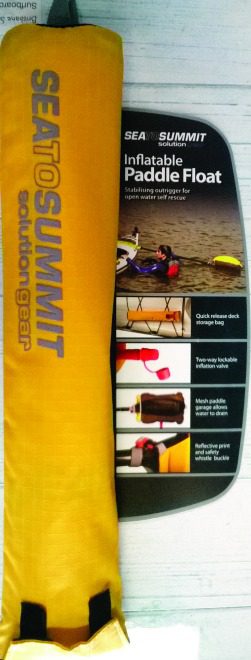
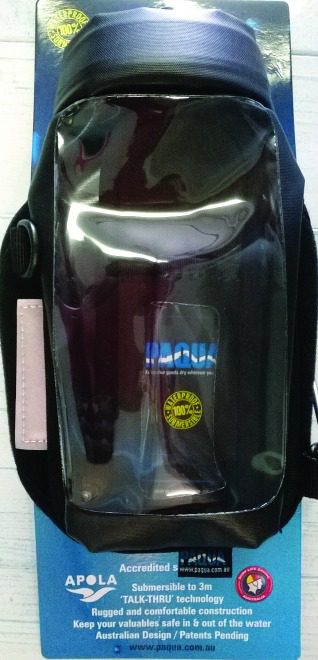
The rules for paddling at night would have to the most ambiguous of all. At present it is only necessary to have an all-round white light when paddling on the Brisbane River. However, at a minimum you should carry a light, torch, lantern or safety glow stick.
My motto is: “The brighter the better.”
Lately a number of videos have been getting around social media depicting our fellow kayakers being harassed by the men in grey suits, ranging from great whites out wide to bull sharks in marinas. In reality, the chances of even encountering a shark are pretty slim, let alone being eaten.
But if you are really worried about sharks, there is a product on the market called Shark Shield. Costing about $750, they are used by the military, police and numerous commercial operators around the world and work by emitting an electrical pulse that sharks don’t like, kind of like a force field.
By now you’re probably thinking if you invested in all the above equipment you would be broke. The reality is you only need to carry the safety equipment applicable to the kayaking you are doing. You should always be able to self-recover should you get in trouble. Have fun and stay safe.
 Bush ‘n Beach Fishing Magazine Location reports & tips for fishing, boating, camping, kayaking, 4WDing in Queensland and Northern NSW
Bush ‘n Beach Fishing Magazine Location reports & tips for fishing, boating, camping, kayaking, 4WDing in Queensland and Northern NSW

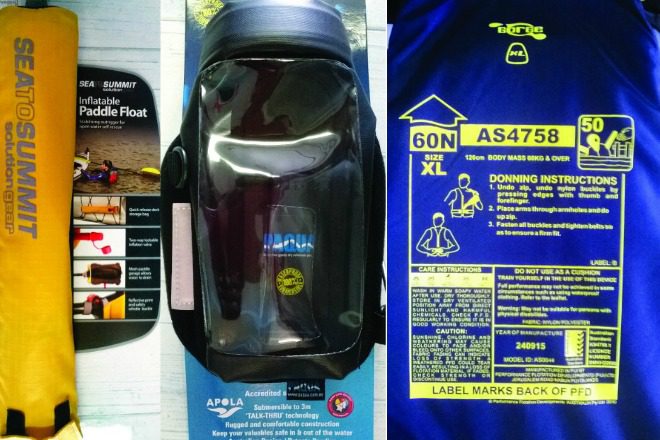





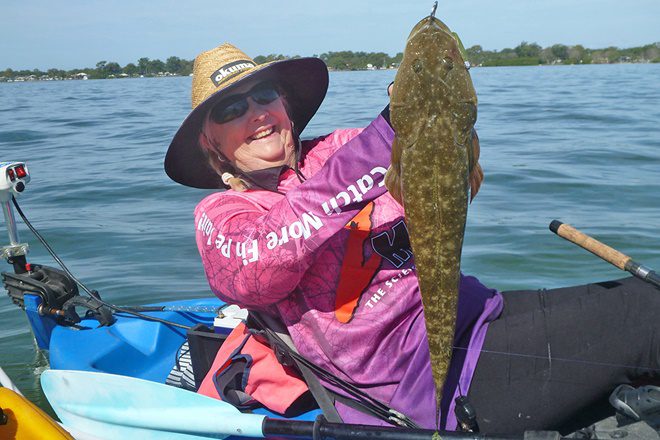
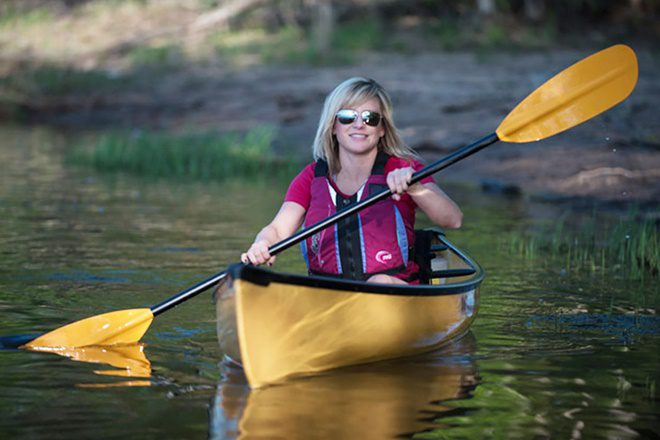
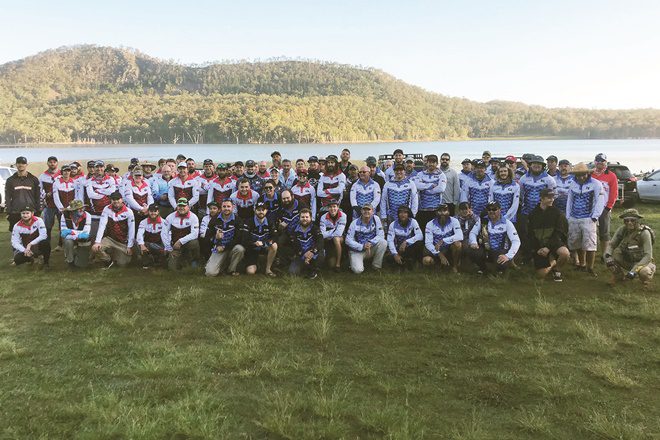
Dear Darryn
An EPIRB and a PLB are exactly the same thing, both working on the COSPAS SARSAT network to pinpoint your location using the 406 frequency. The only difference is the guaranteed battery life on activation of an EPIRB is 48h rather than 24h. Due to cost, Size and ease of transport a PLB such as the FastFind 220is a great choice, especially as Australia has one of the world’s first active MEOSAR ground infrastructure networks, which greatly reduces the speed of alert detection and location tracking.
Thank you for this article. Safety gear and kayak accessories are an essential and often overlooked part of kayaking experience. I’ve seen beginners put more time and investment in their kayaks instead of the things that will actually keep them safe.